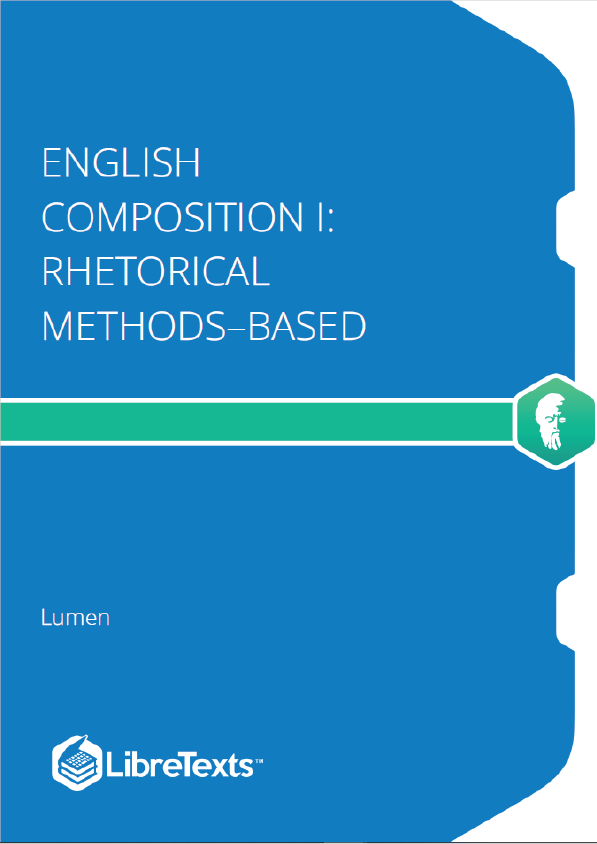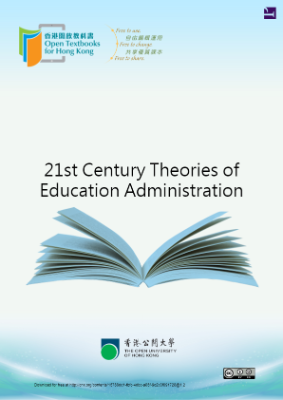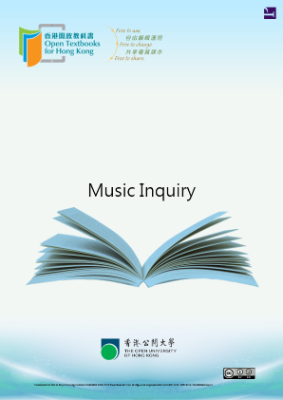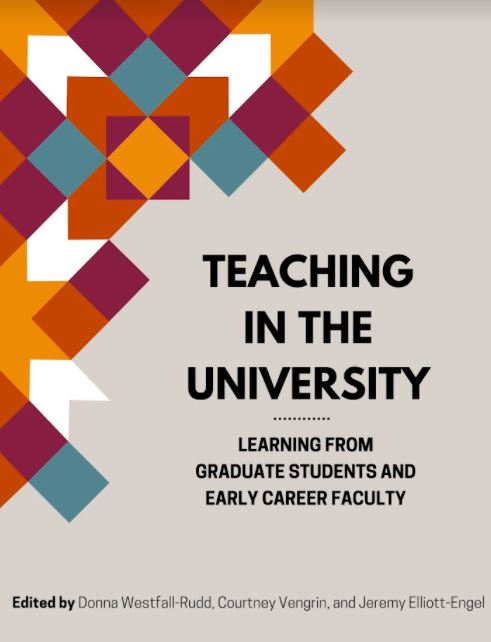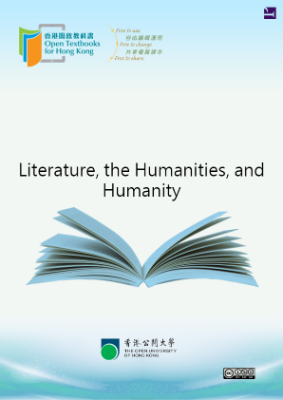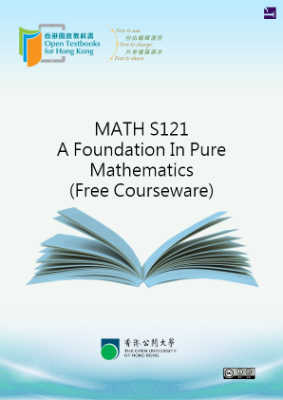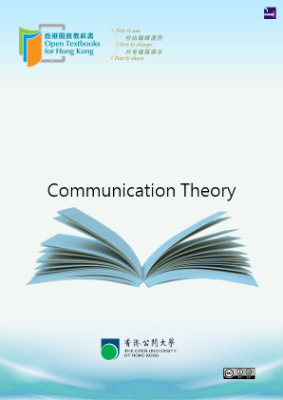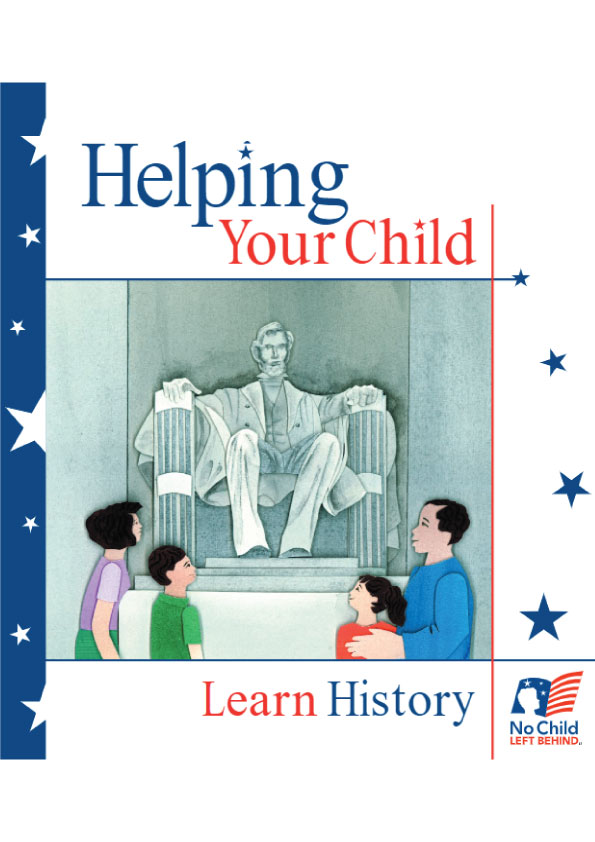Improving Your Comprehension
You have blocked out time for your reading assignments and set a purpose for reading. Now comes the challenge: making sure you actually understand all the information you are expected to process. Some of your reading assignments will be fairly straightforward. Others, however, will be longer or more complex, so you will need a plan for how to handle them.
For any expository writing—that is, nonfiction, informational writing—your first comprehension goal is to identify the main points and relate any details to those main points. Because college-level texts can be challenging, you will also need to monitor your reading comprehension. That is, you will need to stop periodically and assess how well you understand what you are reading. Finally, you can improve comprehension by taking time to determine which strategies work best for you and putting those strategies into practice.
Identifying the Main Points
In college, you will read a wide variety of materials, including the following:
- Textbooks. These usually include summaries, glossaries, comprehension questions, and other study aids.
- Nonfiction trade books. These are less likely to include the study features found in textbooks.
- Popular magazine, newspaper, or web articles. These are usually written for a general audience.
- Scholarly books and journal articles. These are written for an audience of specialists in a given field.
Regardless of what type of expository text you are assigned to read, your primary comprehension goal is to identify the main point: the most important idea that the writer wants to communicate and often states early on. Finding the main point gives you a framework to organize the details presented in the reading and relate the reading to concepts you learned in class or through other reading assignments. After identifying the main point, you will find the supporting points, the details, facts, and explanations that develop and clarify the main point.
Some texts make that task relatively easy. Textbooks, for instance, include the aforementioned features as well as headings and subheadings intended to make it easier for students to identify core concepts. Graphic features, such as sidebars, diagrams, and charts, help students understand complex information and distinguish between essential and inessential points. When you are assigned to read from a textbook, be sure to use available comprehension aids to help you identify the main points.
